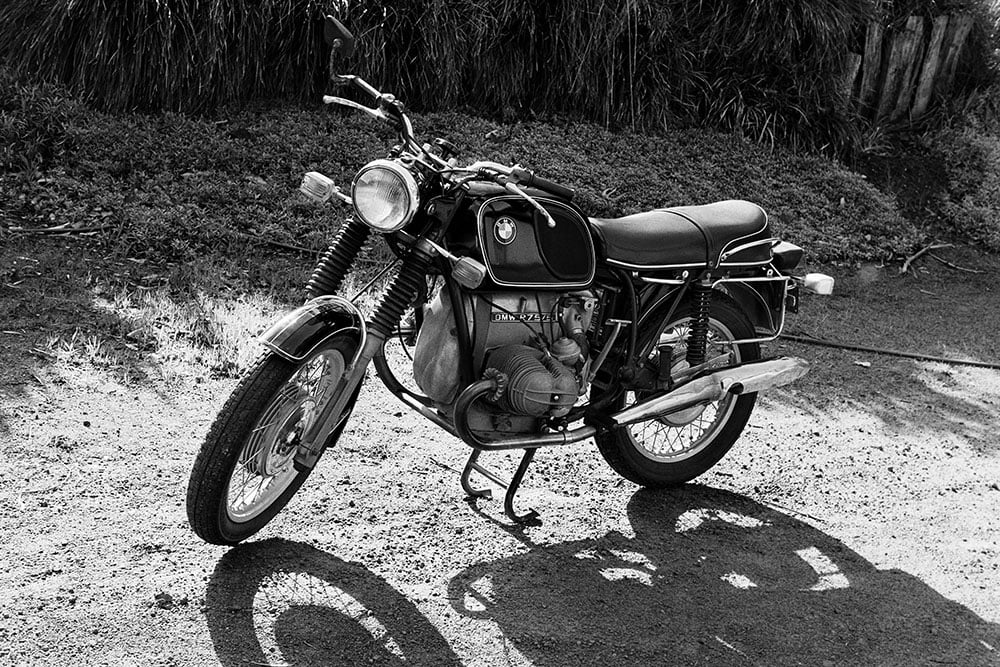I'm confident if you put a 10 stop ND filter on your Nikon, it would continue to exhibit the same depth-of-field properties, even though the light transmission has fallen to a small percentage of what it was before.
You are not getting what I'm saying. Here is a cut-n-past direct from DXOmark lens comparison table:
Light transmission
The photometric aperture, also known as “T-stop” (T = transmission), is the aperture of the lens corrected for its transmission loss (DXOmark's [?] definition.
Sigma 50mm f1.4 Art
Transmission [?] 1.7 TStop
Nikon 50mm f1.4 AF-D
Transmission [?] 1.4 TStop
This is how max aperture is calculated. Focal length/max aperture diameter.
__________
So -- divide the aperture value of both lenses by their t-stop value.
Nikon AF-D 1.4/1.4 = 1. Convert to percentage = 100%. (FWIW this is the only lens I've seen/am aware of with a 100% Max AP/T value...) Let's call this "ITV" for "information transmission value" that calculates the amount of information that makes its way from the front element to the sensor or film plane.
Now let's do 1 - ITV and call that "ILV" for information loss value. In the case of the old Nikkor, 1-1 = 0. 0 information is lost. You want the ITV to be as close to 100% as possible and the ILV to be as close to 0 as possible. In this regard, the Nikon is "perfect. 100% ILV, 0% ILV. ALL of the information gathered by the front element makes its way to the sensor whether I have an ND filter on the lens or not. Doesn't matter.
Not the Sigma Art:
1.4/1.7 = 82% ITV.
1-.82 = 18% ILV.
Now -- let's get your silliness regarding ND filters out of the way. It doesn't matter if I use an ND filter. If I slap on a ND filter and I lose two stops that two stop loss is consistent in the Nikon 50/1.4 AF-D. I can compensate by adjusting aperture or shutter speed. However, the ITV for the Nikon remains 100% with zero loss of information and a 0% ILV.
And if I put a 2X ND on the Sigma? Its ITV value will still be 82% and its ILV will be 18%.
These values remain constant no matter what kind of ND value you put on the FRONT of the lens (which would be the same as shooting in a 2 stop darker environment). In the case of the Sigma, those 13 elements are absobing 18% of the information. This lens WILL only and CAN only deliver 82% of information it collects in the front element, out its rear element to the sensor. And that is true regardless if you put an ND filter in front of the lens. 18% of that information is lost passing through the internal elements.
If detail information isn't lost -- this lens is off the charts in terms of sharpness, then what information -- 18% of it, IS being lost?
As far as samples, here is a link:
2016 DEPTH VS. FLAT LENS COMPARISONS
https://yannickkhong.com/blog/2015/11/12/depth-vs-flat-lens-quick-comparison


